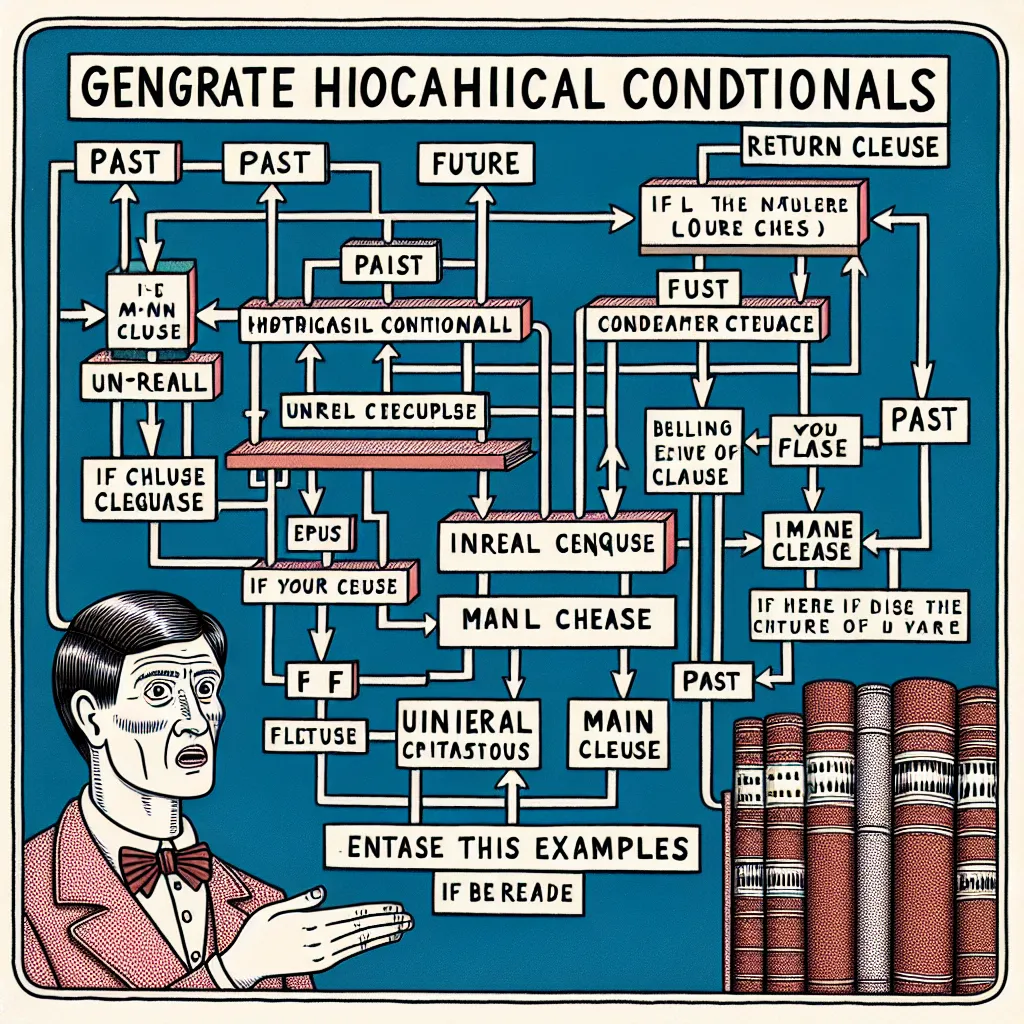Policy writing requires a sophisticated command of language to convey complex ideas clearly and persuasively. Mastering advanced grammar is crucial for crafting effective policies that are both precise and impactful. This article will explore essential tips and techniques for improving your grammar in policy writing, helping you create documents that are professional, authoritative, and influential.
Understanding the Importance of Advanced Grammar in Policy Writing
Policy documents are often read by diverse audiences, including government officials, industry experts, and the general public. The use of advanced grammar techniques ensures that your policy writing is:
- Clear and unambiguous
- Professionally presented
- Persuasive and authoritative
- Consistent in tone and style
By honing your advanced grammar skills, you can effectively communicate complex policy ideas and recommendations, ultimately influencing decision-makers and stakeholders.
 Policy Writing Desk
Policy Writing Desk
Key Advanced Grammar Techniques for Policy Writing
1. Mastering Complex Sentence Structures
Policy documents often require the expression of intricate relationships between ideas. Advanced sentence structures can help convey these complexities effectively:
-
Compound-complex sentences: Combine multiple independent clauses with dependent clauses to express related ideas.
Example: “While the proposed policy aims to reduce carbon emissions, it also considers economic impacts, which may lead to a phased implementation approach.” -
Parallel structure: Ensure that similar ideas are expressed using similar grammatical forms.
Example: “The policy seeks to improve education access, enhance teaching quality, and promote lifelong learning.”
To further improve your skills in crafting complex sentences, you may find our guide on how to use advanced sentence connectors helpful.
2. Utilizing Advanced Punctuation
Proper use of advanced punctuation can enhance the clarity and flow of your policy writing:
-
Semicolons: Use semicolons to join closely related independent clauses or to separate items in a complex list.
Example: “The policy addresses three main areas: environmental protection; economic growth; and social equity.” -
Colons: Employ colons to introduce lists, explanations, or elaborations.
Example: “The policy aims to achieve the following outcomes: reduced pollution levels, increased renewable energy usage, and improved public health.” -
Em dashes: Use em dashes for emphasis or to set off parenthetical information.
Example: “The proposed changes—if implemented swiftly—could lead to significant improvements in air quality.”
For a more in-depth exploration of advanced punctuation techniques, consider reading our article on how to master the use of advanced punctuation in formal writing.
3. Employing Precise Vocabulary and Terminology
Policy writing demands precision in language use. Advanced grammar techniques can help you achieve this:
-
Nominalizations: Convert verbs or adjectives into nouns to create more formal and abstract expressions.
Example: “The implementation of the policy will lead to a reduction in carbon emissions.” (Instead of “The policy will reduce carbon emissions.”) -
Technical jargon: Use field-specific terminology accurately and consistently.
Example: “The policy advocates for the adoption of carbon sequestration technologies to mitigate greenhouse gas emissions.”
4. Mastering Modality and Hedging Language
Policy documents often require nuanced expression of certainty, obligation, or possibility. Advanced grammar techniques can help convey these subtle distinctions:
-
Modal verbs: Use modal verbs to express degrees of certainty, obligation, or possibility.
Example: “The government should consider implementing stricter regulations.” (expressing recommendation)
Example: “Businesses must comply with the new environmental standards.” (expressing obligation) -
Hedging language: Employ hedging techniques to express caution or uncertainty when appropriate.
Example: “The proposed policy may lead to a significant reduction in unemployment rates.” (expressing possibility)
Common Pitfalls to Avoid in Advanced Grammar for Policy Writing
While striving for sophistication in your policy writing, be cautious of these common mistakes:
-
Overuse of passive voice: While passive voice has its place in policy writing, overuse can lead to vague or evasive language.
Incorrect: “It is recommended that the policy be implemented.”
Improved: “The committee recommends implementing the policy.” -
Excessive nominalizations: While nominalizations can add formality, overuse can make your writing dense and difficult to read.
Incorrect: “The implementation of the regulation will result in the reduction of pollution levels.”
Improved: “Implementing the regulation will reduce pollution levels.” -
Inconsistent tense usage: Maintain consistent tense throughout your document, especially when discussing policy timelines and impacts.
Incorrect: “The policy was implemented last year and will show results by next month.”
Improved: “The policy was implemented last year and is expected to show results by next month.”
For more insights on improving your grammar in policy-related writing, you might find our article on how to improve grammar in policy analysis valuable.
Practical Exercises to Enhance Your Advanced Grammar Skills
To reinforce your understanding and application of advanced grammar in policy writing, try these exercises:
-
Sentence combination: Take simple sentences from existing policy documents and combine them using advanced sentence structures.
-
Punctuation practice: Rewrite policy paragraphs using a variety of advanced punctuation marks to improve clarity and emphasis.
-
Modality analysis: Analyze policy documents to identify and categorize different uses of modal verbs and hedging language.
-
Vocabulary expansion: Create a glossary of technical terms and their appropriate usage in your policy field.
 Policy Writing Exercise
Policy Writing Exercise
Conclusion: Elevating Your Policy Writing with Advanced Grammar
Mastering advanced grammar techniques is essential for creating compelling and effective policy documents. By focusing on complex sentence structures, precise punctuation, accurate terminology, and nuanced expression of modality, you can elevate your policy writing to a professional standard.
Remember that the goal of using advanced grammar in policy writing is not to complicate your language, but to express complex ideas with clarity and precision. Regular practice and careful attention to these techniques will help you develop a sophisticated writing style that enhances the impact of your policy documents.
To further refine your writing skills, especially in areas related to policy and formal communication, you may find our guide on perfecting grammar for editorials useful. This resource offers additional insights that can be applied to policy writing contexts.
We encourage you to apply these advanced grammar techniques in your next policy writing task. Share your experiences or any questions you may have in the comments section below. Your journey towards mastering Advanced Grammar For Policy Writing is an ongoing process, and each document you craft is an opportunity for growth and refinement.




